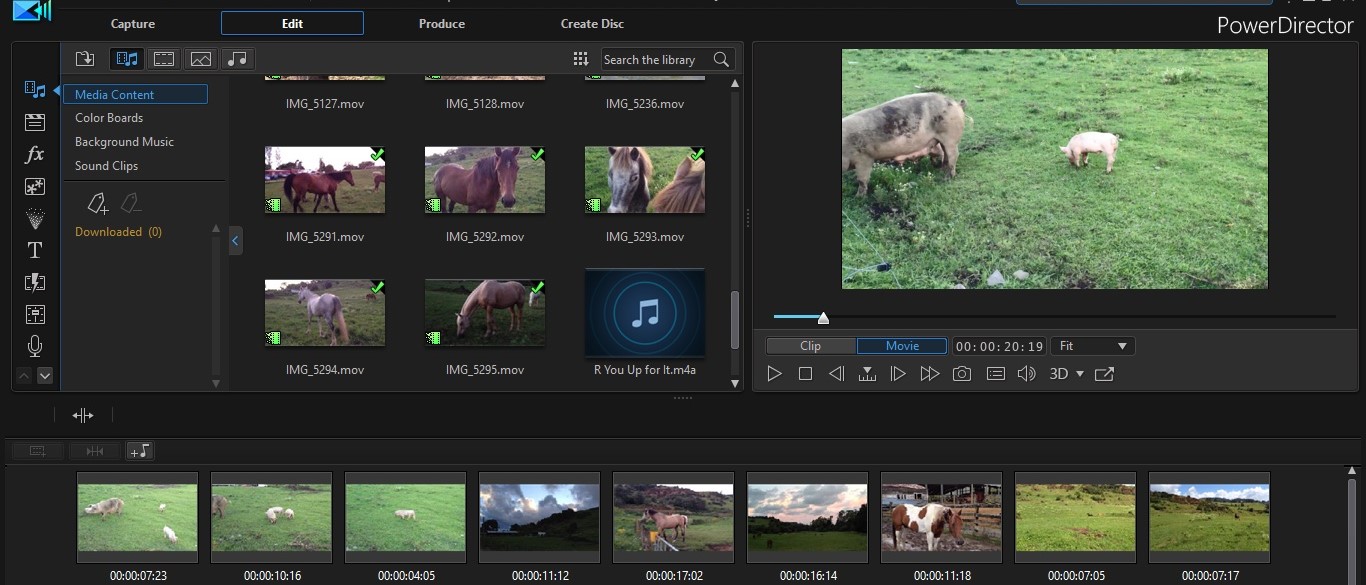

Not the greatest albums of all time by a long stretch, but both demonstrate how, with skill and the right kit, you can use large amounts of different types of reverb in the same track to devastating effect.

These are "Welcome to the Pleasure Dome" by Frankie goes to Hollywood and Grace Jones' "Slave to the Rhythm". He produced two albums in the 80s which, for me, are a master class in reverb. When I listen to the UAD reverb plugins, the one producer I immediately think of is Trevor Horne. Many times I have been thinking I have got a Lexicon PCM (way too expensive here in the UK) on a track and no, its VRoom doing its thing. The Vroom is just amazing value and punches way above its weight. The Aether is a very special plugin with some beautiful sounds and a great GUI and I particularly like how the developers are on many mailing list supporting their product. Of the natives, I am going to buy the Aether, and the VRoom. I was sold, bought them all and another card so that I could run them with ease. I demoed EMT140, Lex224 and EMT250 and immediately knew that I was in the presence of greatness. However, the one set of reverbs I could not test on demo were the UAD ones that so many people recommended in the list so I took the plunge and bought a solo UAD 2 card. Valhalla Room Reverb (or VRoom as it is affectionately known)Īll great reverbs. To cut a very long story short, I narrowed the list down of over 15 native plugins to this: I read every mailing list thread I could find and noted every recommendation that was made in them. It has to be said that I am fascinated by reverb and the effect, both good and bad, it can have on a track. so just like color correction there are tools (scopes) to see whats happening, but always have to verify with our eyes looking at the final video.A couple of months ago I began a comparison test of every Reverb plug in I could get my hands on in demo form. most of the time it comes down to using our ears.
#CYBERLINK POWERDIRECTOR VS ADOBE PREMIERE HOW TO#
you can open the audio mixer panel and watch the volume levels bouncing around to get an idea how to adjust the volumes. you might have to adjust a few clips or alot. after you use match volume you still have to listen to the edit to find out exactly what it has done. There is no guarantee that audition or any other audio tool will get it right. you can tell match volume to have all clips match one you choose, or to match a desired average loudness. in other words it will look a all the sounds thru the entire clip and figure out by average how loud that clip is. it has several settings, some to normalize and some to adjust the volumes of the clips to an average volume.


normalize can work sometimes, but really depends on the recordings.Īudition has a "match volume" tool that is designed just for this. so just like the shotgun being loud, normalize will just find that one loudest sound and adjust the volume of the clip based on that one sound. normalize will adjust the audio to its highest peak. shooternz is right about isolating out the shotgun, like he says its part of editing, sometimes we have to get in there and get our hands dirty, not everything is best left to automation. thats complete disrespect for anyone working in audio as well as teaching audio to someone wanting to learn.Īudio work is best done in audition or similar audio programs. thats what larry jordan says in one of his tutorials on audio. Dont ever take any advice from someone that says, do this and this, i dont know how they work and i dont care, i just know they do.


 0 kommentar(er)
0 kommentar(er)
